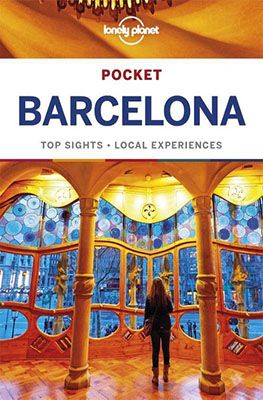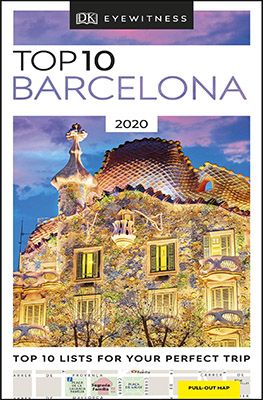Barcelona is one of our top favourites for a city break in Europe. When the weather in Western Europe is cold and wet, the sun shines in abundance in Barcelona. Furthermore, you can get there in under two hours by plane. Moreover, for an affordable price thanks to the many scheduled flights and charters! Once at your destination there is so much to see and do.
The capital of Catalonia has a rich and long history. The city was founded hundreds of years before the foundation of Rome. About a hundred years before Christ, it was a military fortress for the Romans because of the perfect natural harbour. In the Middle Ages, the city was taken by various occupiers, including the Visigoths, Moors and the Franks. In the 10th to 14th centuries, Barcelona grew into one of the most important cities in the Mediterranean.
In the following centuries, the city was a hotbed of revolts. Only in the last decades did Barcelona become an important economic centre and one of Europe’s busiest ports. In 1992, the city was in the spotlight when it organised the Summer Olympics. The Games gave the city a real boost. The beautiful, old city is now full of open-air markets, restaurants, cafés, shops, museums, churches and beautiful green squares and parks.
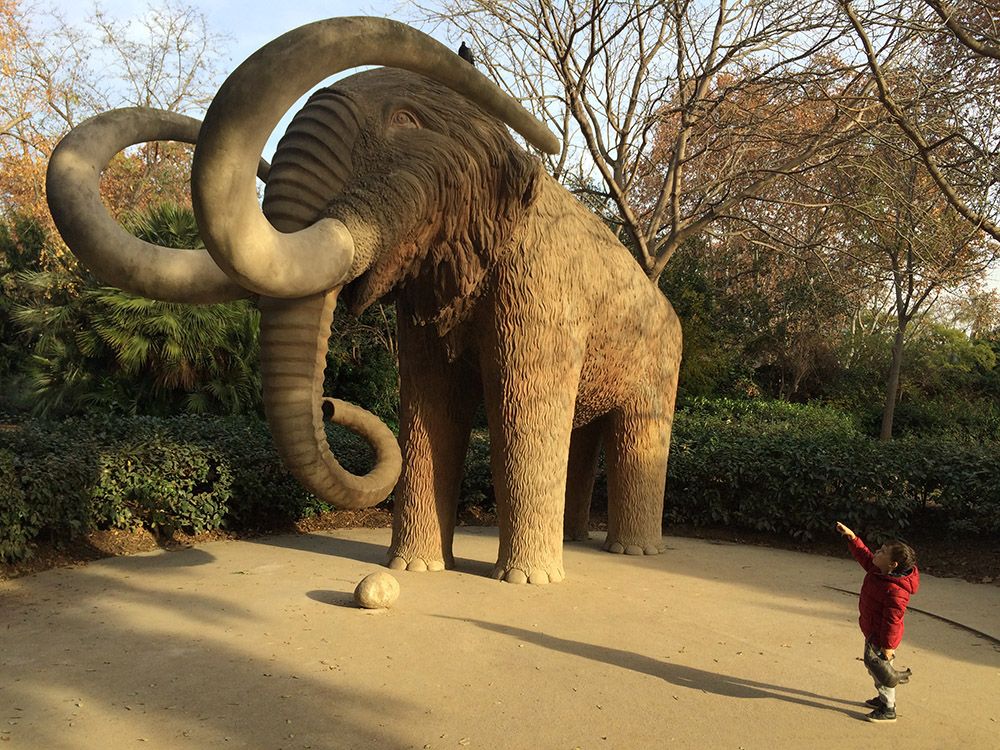
The highlights of a city trip to Barcelona
Barcelona is Spain’s second city. 1.6 million people live within the city limits. In the metropolitan area that number rises to even 5 million. Yet Barcelona is a relatively compact city, with the main tourist attractions within walking distance of each other.
The old town (Ciutat Vella)
Our favourite part of Barcelona is the Ciutat Vella, the oldest, most central and touristic area in Barcelona with its winding streets and hidden squares, fountains and palaces. Some highlights are:
Plaça Reial
After a long walk in the city what we find a fantastic square to enjoy a drink in the sun is Plaça Reial. The square is right next to La Rambla in the Gothic district Barri Gòtic. For the real culture lover perhaps, a nice highlight: there are two special lampposts on the square designed by Antoni Gaudí.
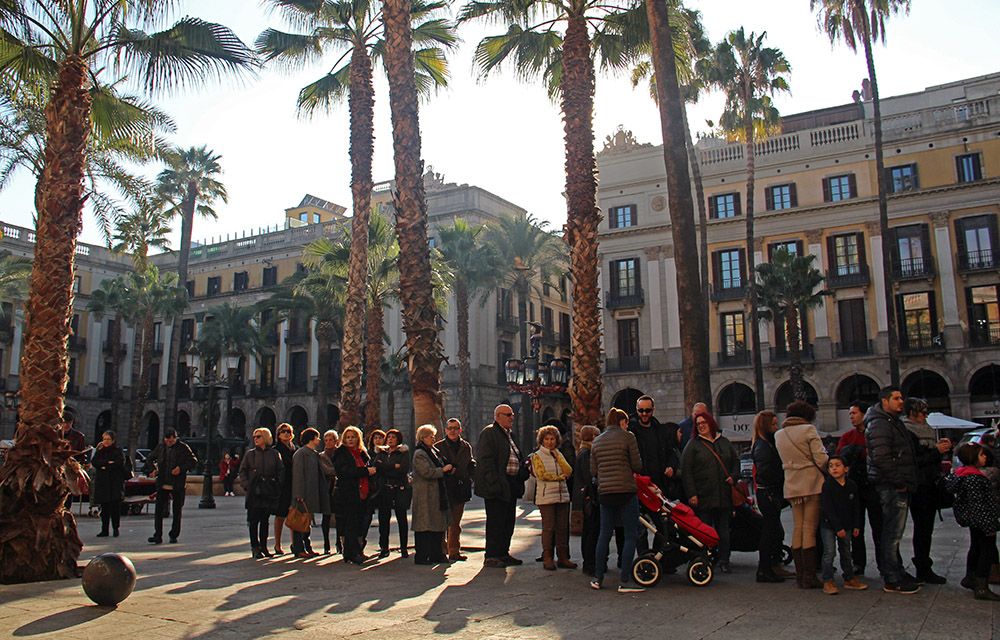
Plaça de Catalunya
Plaça de Catalunya is the large, central square in the centre of the city known for its many fountains, statues and shops. Here the districts of El Gótico, El Raval and l’Eixample come together. In addition, you have the (shopping) streets of La Rambla, the wide pedestrian path Portal de l’Àngel with stylish shops, and the chic Passeig de Gràcia on the square.
Barri Gotic
In our eyes, the beautiful district ‘Barri Gotic’ (Gothic district) is a labyrinth of small streets and squares, located in the heart of the Ciutat Vella. Here you will find numerous buildings from the Middle Ages and even from Roman times. What’s more, the royal palace where Columbus was welcomed back by the king and queen after his return from America, is located in this district.
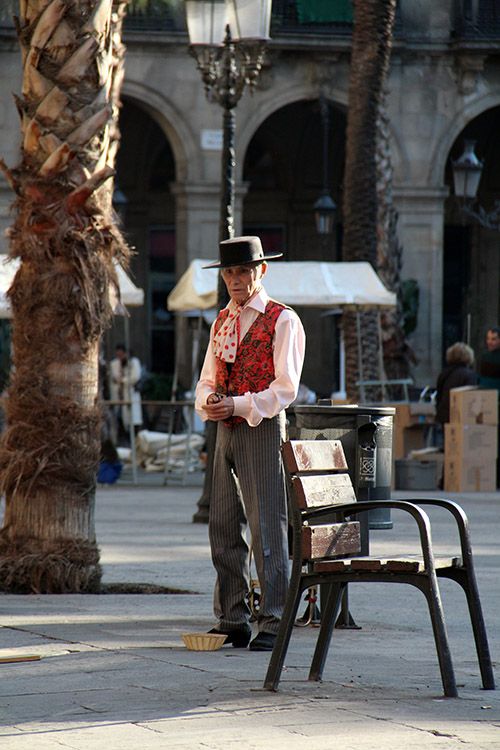
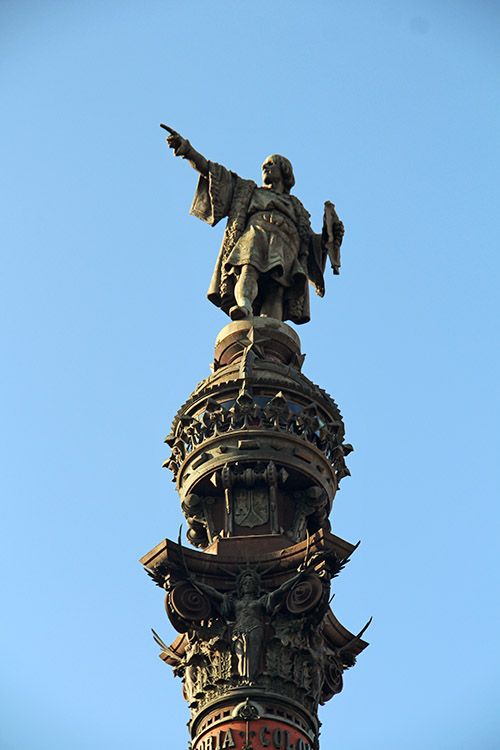
La Rambla
La Rambla is the famous, best landscaped and tree-lined pedestrian path in the old town. You will often hear the name Las Ramblas because it is actually a series of streets (ramblas). There are many interesting street artists. We do not find the Rambla really that special but it is a good, fast walking route if you want to go from the port area to the Plaça de Catalunya, or vice versa.
La Barceloneta
Built in the 18th century, the fishing quarter La Barceloneta, located on the Mediterranean Sea and close to the zoo, is known for its many restaurants and nightclubs on the long boulevard. The neighbourhood has a long sandy beach that is mentioned in one of Don Quichot’s books but which has been in the news in recent years because of its poor quality. From this district, the 1450 metre-long, rather old cable car also departs to Montjuic. The cable car stops at the tower Torre Jaume I, close to the monument of Columbus.
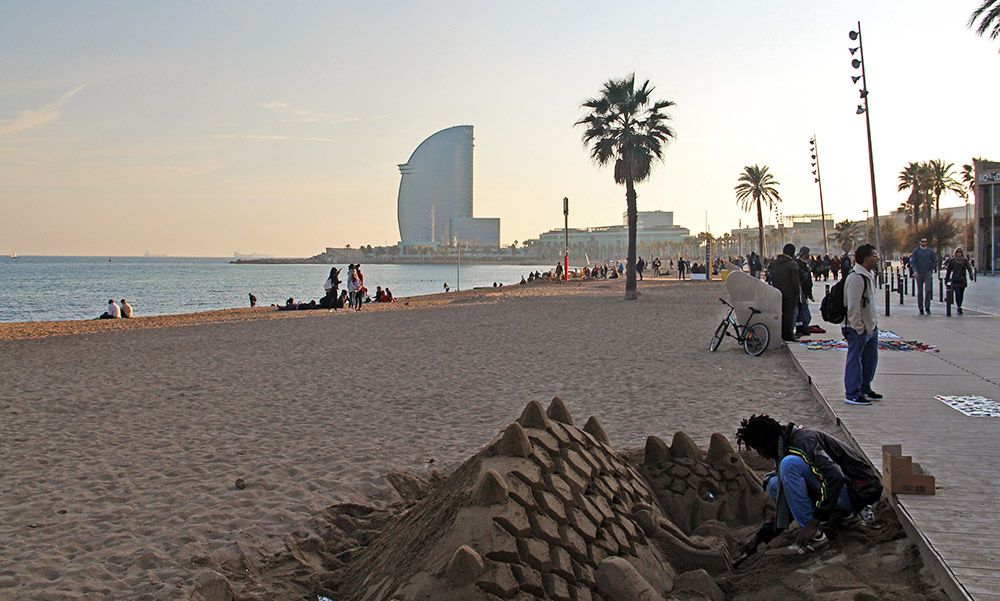
Parc Güell and some other masterpieces by the architect Antoni Gaudí
Gaudi’s masterpieces, which have been on the UNESCO World Heritage List since 1984, are the Parc Güell in Gràcia, the Sagrada Familia in Eixample and the houses La Pedrera/Casa Milà and La Casa Batlló which are also located in Eixample. Other works by Gaudí that are open to the public are Palau Güell, Torre Bellesguard and Casa Vicens, the first significant building by Gaudí.
Parc Güell is a vast city park of about 15 hectares including avenues with palm trees, dense pine forests, and a square bordered by trees. Gaudí designed the park on behalf of the wealthy entrepreneur Güell, who had wanted to build an idyllic garden city after the English example. For the design, however, Gaudí was inspired by nature and, according to some, also by faith. There is a colourful bench, a giant snake meandering through the park like an earthly paradise. The beautiful park should have become a luxury residential area but more than two houses, one of which was inhabited by Gaudí himself, were never built. Nowadays it is one of Barcelona’s biggest tourist attractions.
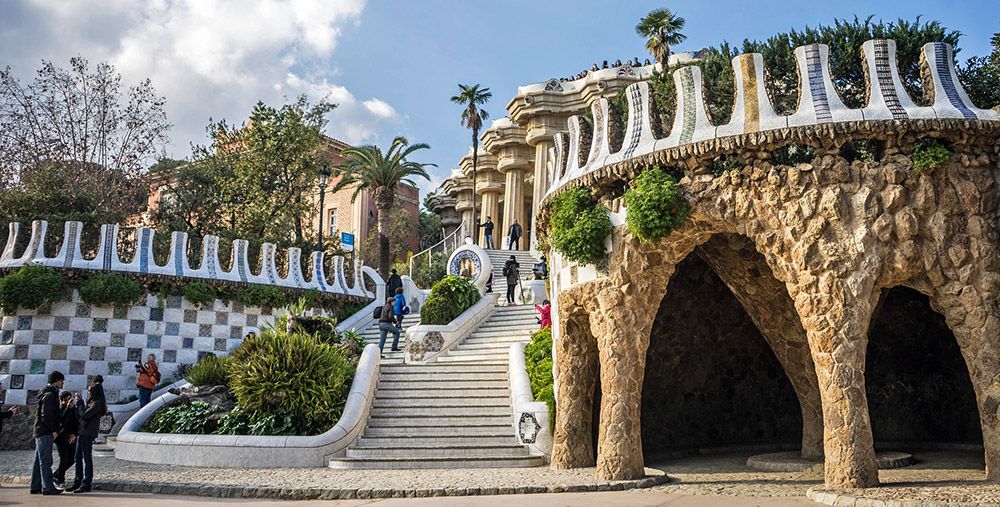
Sagrada Familia
One of the most impressive and special attractions in Barcelona is the Sagrada Familia, which is also the most famous building and construction project in the whole city. The project, based on the incredible design by the Catalan, Antoni Gaudí, began in the late 19th century and is expected to be completed in 2029. Although the construction of the church has not yet been completed, the church was consecrated a basilica by Pope Benedict in 2010 and the Sagrada Familia is a UNESCO World Heritage Site.
Gaudí wanted something different from the typical, Gothic style of churches and then put his whole heart and soul into his greatest project ever. He was so consumed by it that from 1914 he was unable to take on any other commission and devoted the last years of his life to this project.
Gaudí thought that no man-made building should tower above the natural creations of God. Therefore, once the church is finished, its height will not be higher than the highest mountain in the area. Despite this limitation, the height of the church on the outside is still overwhelming, yet even more impressive on the inside. Don’t forget to climb one of the towers (with the elevator) for a fantastic view of the city during your visit to perhaps the most special church in the world!
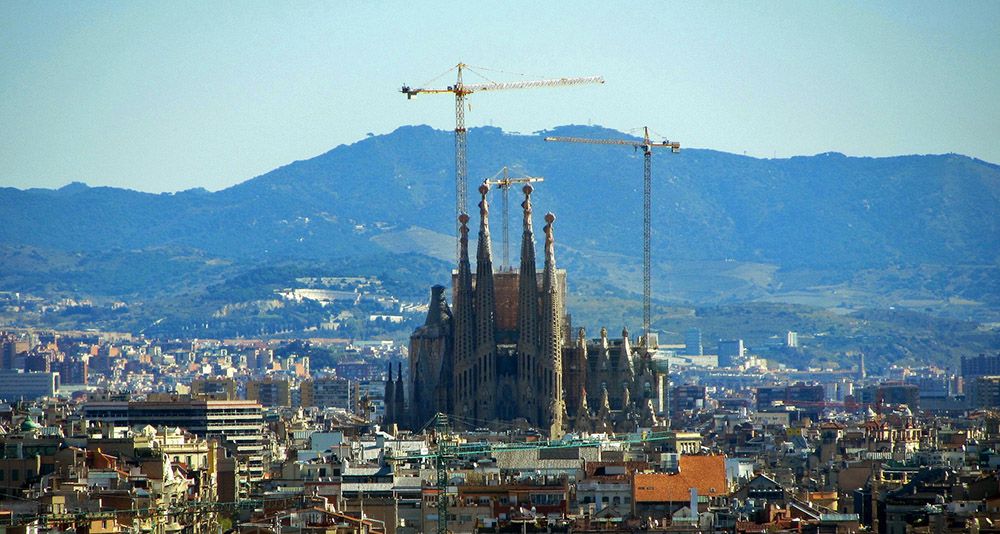
The Roman Temple of Augustus
In the middle of a medieval building in the Gothic quarter of the old town, you will find the remains of the Roman temple of Augustus. This is quite special because most Roman buildings were demolished in the Middle Ages. The temple was built in the first century BC where it was part of the Forum in the centre of the Roman city of Barcio. What is left of it now, are nine-metre-high columns in Corinthian style that are almost as old as the city itself.
Picasso Museum Barcelona
The Picasso Museum Barcelona in the El Born district, is one of the most visited attractions in Barcelona. Opened in 1963, the museum is housed in five adjoining medieval buildings. Spread over three floors and thirty-five rooms, you will find over 4300 works of Picasso art from the period 1890 to 1957. Pablo Picasso’s famous works include Cubism and Surrealism. Even if you’re not a purist art lover, a visit to the beautiful museum is certainly worthwhile.
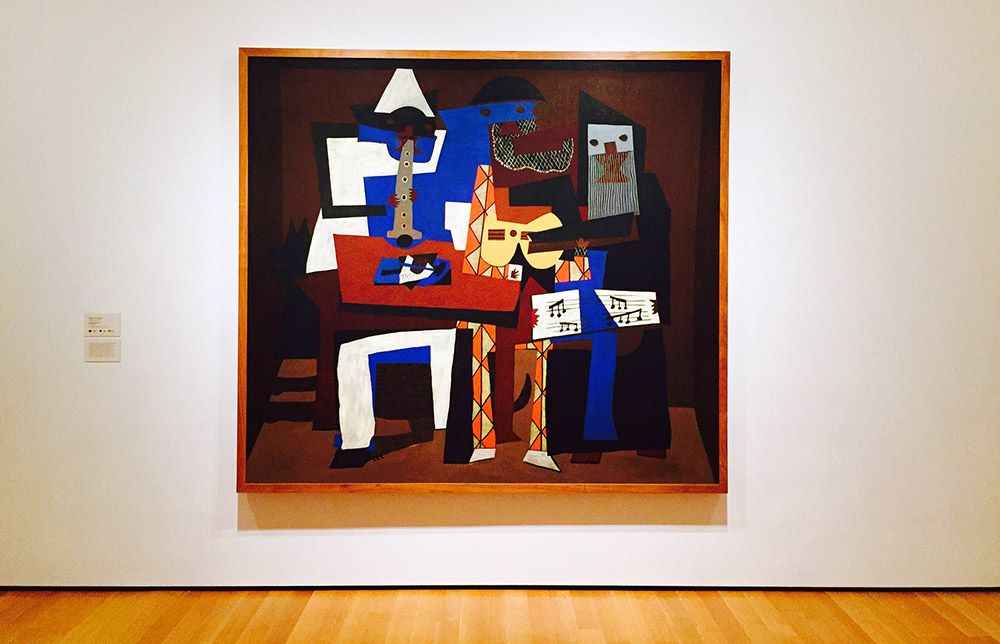
Camp Nou
If you love football, you can’t not visit Camp Nou, FC Barcelona’s home stadium (Barça) and the Catalan football team. The stadium that seats almost 100,000 people was opened in 1957. A mosaic of coloured tiles can change the colour of the façade. The architect, Foster, drew inspiration for his design from Gaudí, and from the club colour blaugrana (the dark blue and garnet red colour of Barcelona), as well as the yellow-red of the Catalan flag.
The stadium also houses the FC Barcelona Museum, named after former club president Josep Lluís Núñez. This museum, together with the Picasso museum described above, is the most visited museum in Catalonia. The museum covers 3,500 square metres. It contains a historical museum where you can learn more about the history of the club, the Pablo Ornaque Futbolart-collection and some temporary exhibitions.

Practical matters
Best travel time
Barcelona has a typical Mediterranean climate with mild, humid winters and hot, dry summers. Winter lasts from December to February, summer from May to October. Spring and autumn are relatively short. Although you can visit the city all year round, our advice would be to go there from March to June, or from September to early November. But skip the week of Easter and the long weekend around Formula 1. It is usually very busy and expensive.
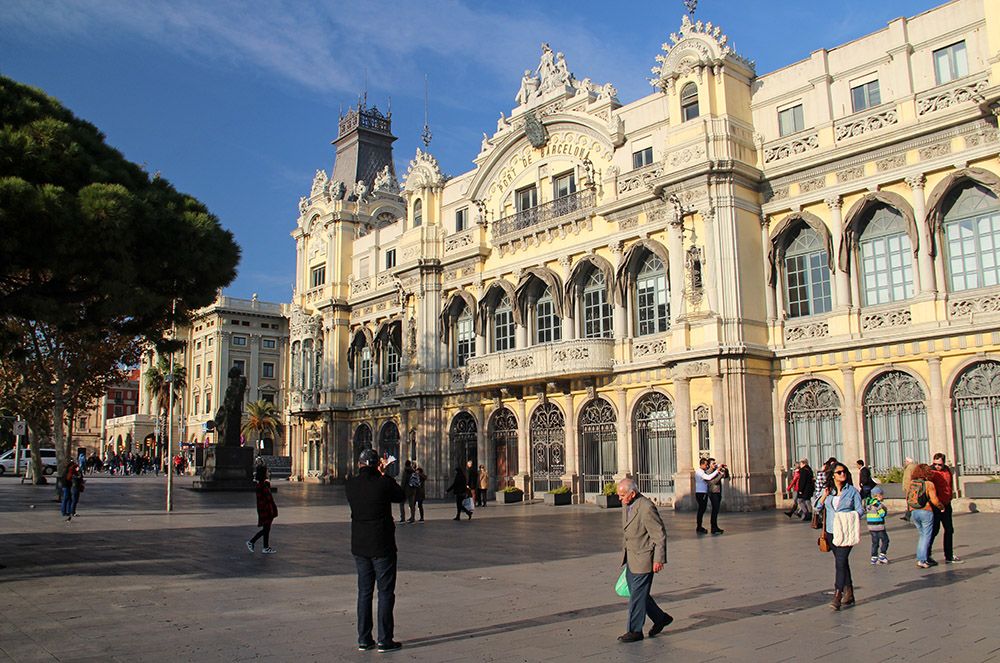
Transport within the city
Barcelona has good bus connections. Almost every attraction in the city can be reached by bus. A smart move is to take the hop-on-hop-off bus on the first day you are in the city. Follow the full route and learn a lot about the city and its history. Once you’ve become a little more familiar with the city, take the same bus to always take a certain route off the bus line. Another option is the metro. If you think you will use public transport a lot and visit many museums, consider buying the Barcelona Card. For €37, you can use public transport unlimitedly for two days, and you get discount at about 100 attractions. A two-day pass for the hop-on-hop-off bus costs €30.60.
The Barcelona City Pass is another option. The pass offers free entry and discounts to around 100 attractions, museums, shops and bars. You can also use the pass for free and unlimited use of public transport and the hop-on-hop-off bus. The great thing about this pass is that even VIP access (no queues) to the Sagrada Familia is included. The pass costs €79,90 for two days.
If you want to explore the city more actively, we recommend you rent a bike or just go for a walk. Keep in mind that the distances between the many attractions are relatively big.
Staying in Barcelona
In Barcelona you will find a lot of hotel accommodation in all price ranges. For an up-to-date overview, please visit Booking.com.
If you are travelling by motorhome and want to visit Barcelona: more than 12 kilometres south of the metropolis you can visit Tres Estrellas and Camping Estrella De Mar. The two excellent campsites are located on the Mediterranean Sea. From both, there is an excellent bus connection to the centre.
Travel advice
The government has issued some warnings for the area around Barcelona and for the city itself. In the vicinity of the city you have to be alert for motorways and car parks and watch out for criminals who pretend to be police officers. They use tricks to stop motorists and then rob them. The advice is to drive on and only stop at a petrol station with a lot of people.
In the summer of 2017, terrorist attacks were committed in Barcelona, killing and injuring people. Since then, anti-terrorism measures have been tightened up in Catalonia. The advice is to stay alert.
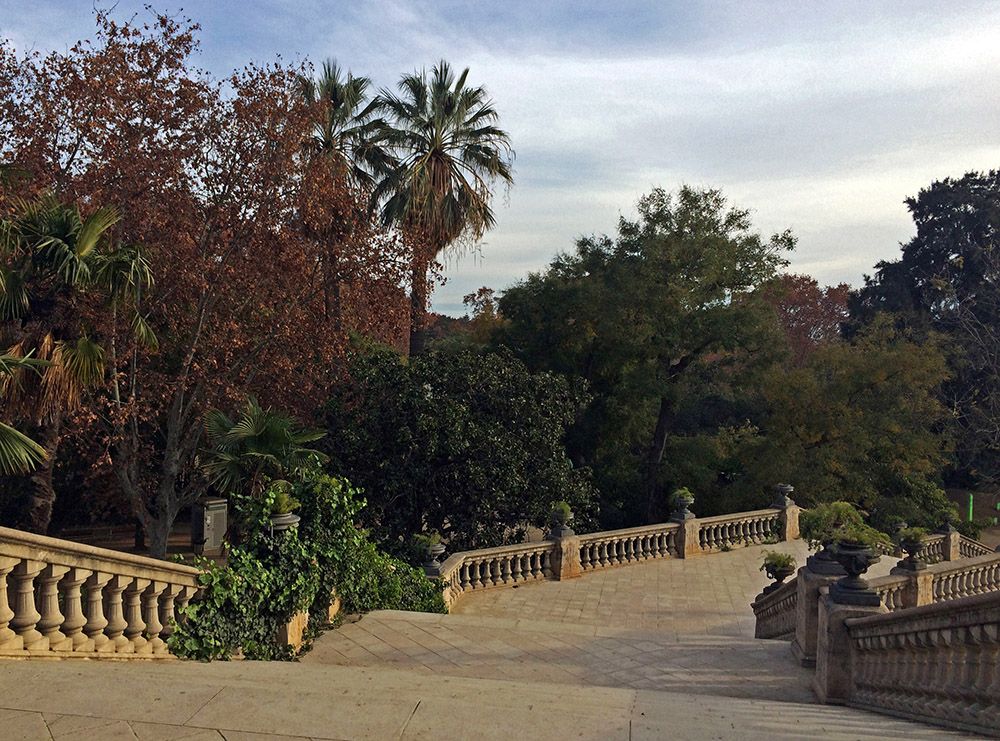
Other topics you may be interested in
- City trip to Bilbao and San Sebastian
- City trip to Madrid
- City trip to Malaga
- City trip to Valencia

